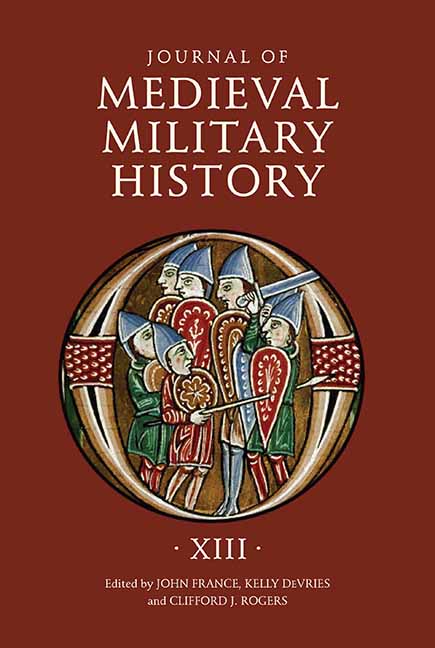On a cool autumn Saturday in 1220, the combined forces of three warlords closed in on the northern Icelandic farmstead of Helgastaðir, trapping Bishop Guðmundr Arason and a number of his followers inside (Figure 1). This was hardly the first time in his long and tempestuous career that the nearly sixtyyear- old bishop, known to posterity as Guðmundr the Good, came under attack, nor would it be the last. Terse annals, as well as several more prolix sagas – which dignify the encounter with the title bardagi á Helgastôðum, “the Battle of Helgastaðir” – record Guðmundr's involvement in at least four other battles, and one commando-style raid besides, in the course of his thirty-four-year episcopate (1203–37). This time, the hostilities were to last the better part of twenty-four hours, involving heavy barrages of missiles, hand-to-hand combat, and even the operation of some sort of siege equipment. In addition to the human toll of dead and injured – among them, some of the highest-ranking combatants – the chapel at Helgastaðir would also sustain heavy damages, still visible a century later. Yet, for all its martial bluster, Helgastaðir's claim to a place in a military hall of fame appears tenuous. The performance of the combatants was noted for neither tactical nor strategic acuity; very few casualties were sustained on either side; and the attackers’ primary quarry, the bishop himself, got away safely (as did the chief men in his entourage), even after having been effectively trounced. It seems difficult to reconcile the stridently militant language used to describe this clash with its insipid outcomes. Helgastaðir appears to lend credence to the slur often repeated against the Icelandic sagas: that, despite their pretensions to recount sober, solemn history, they are mere tales of “farmers at fisticuffs.”
In this paper, I consider the Battle of Helgastaðir from several points of view: military, political, social, cultural, and religious. In spite of the lackluster initial impression it may give, I argue, Helgastaðir deserves notice on more than one count. First, in the perspective of thirteenth-century Icelanders themselves, this battle gave the measure of an ongoing, seismic shift in Iceland's political landscape, a shift that was opening up new opportunities for some, while threatening the stability of others.




